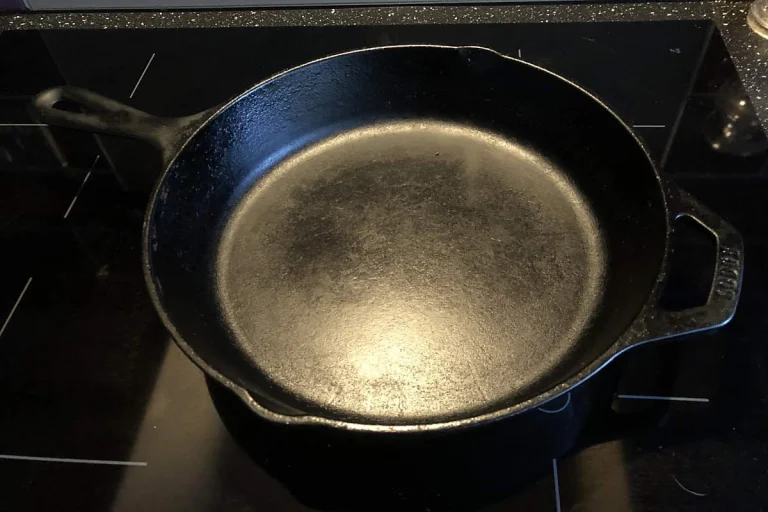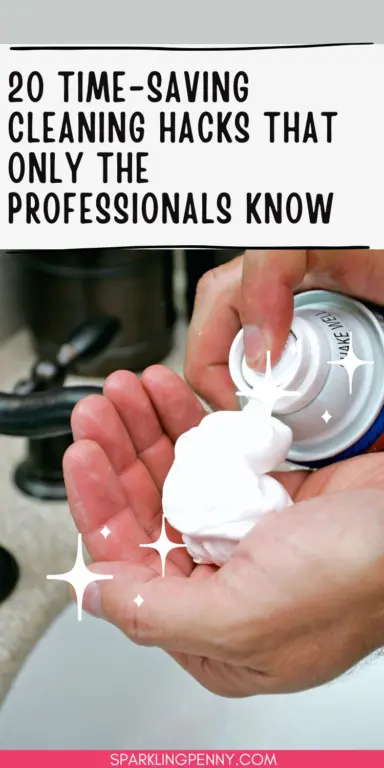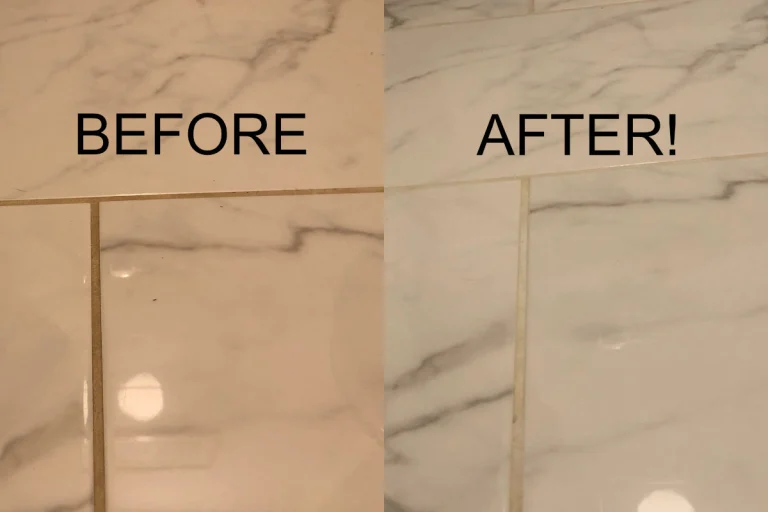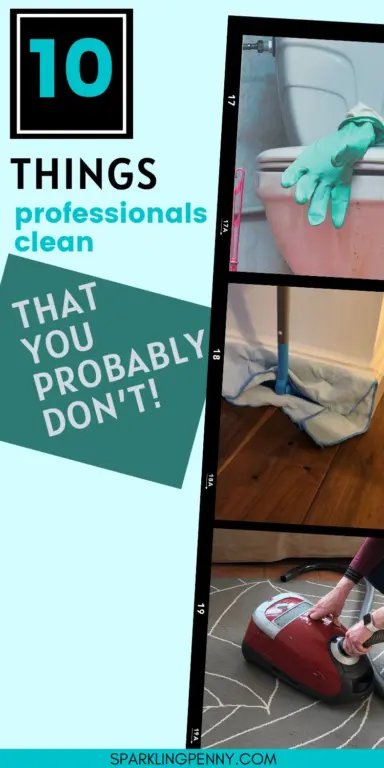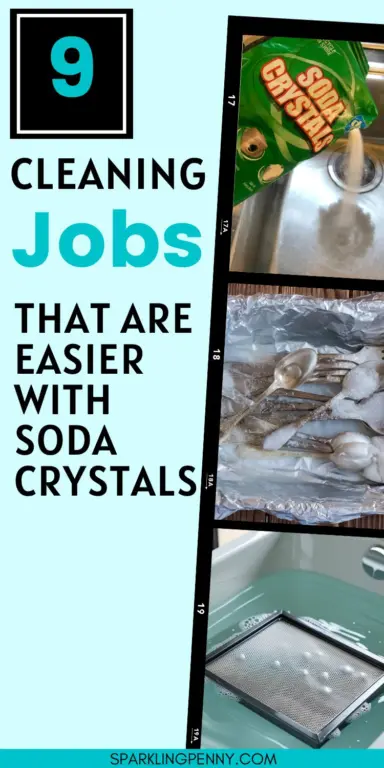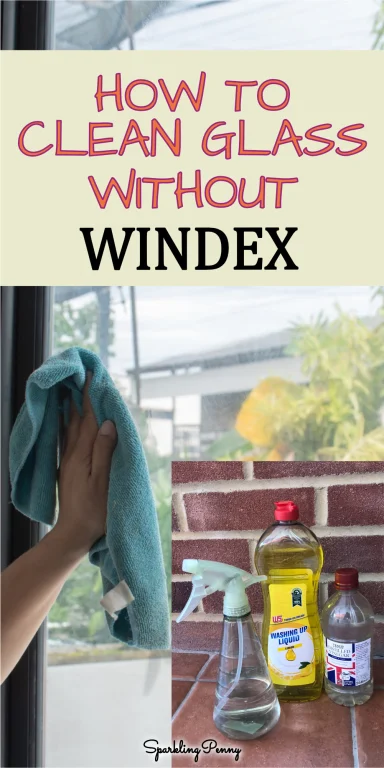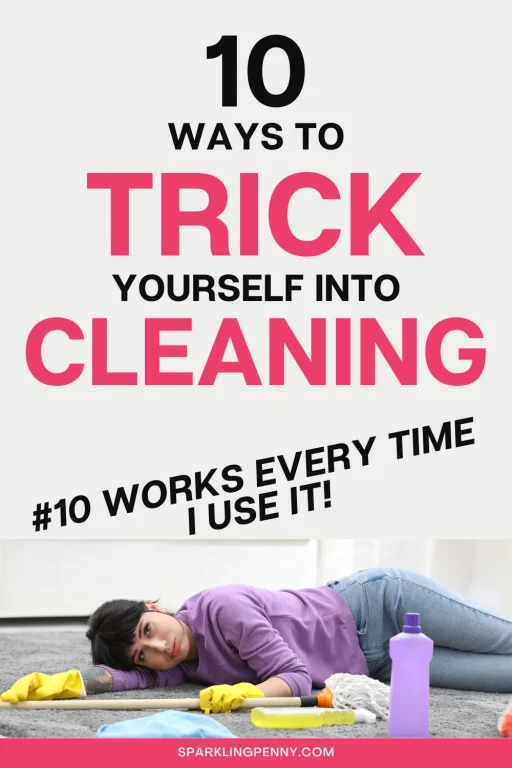I bought my cast-iron skillet about five years ago. Like you, I wanted to buy something that would last a long time.
Longevity was a priority for me because I was fed up with replacing my ordinary non-stick frying pan so often. It became such a waste of money to keep having to replace it every year or so.
I have owned cast-iron cookware for many years now. I think it is the best type to cook in and is the most durable. I started with a small Le Creuset casserole dish that I bought whilst on holiday in France about 25 years ago. Since then it has had daily use and it is still going strong.
A cast-iron skillet will last a lifetime and more if you look after it properly. Make sure it is seasoned before you use it. Dry it thoroughly after use and wipe it over with oil before you put it away. To protect it from cracking, heat it gently and cool it down naturally.
Heads up: I sometimes use affiliate links. When you click these links and make a purchase, I may get a small commission. It won't cost you anything but it helps me to run this site.
How long does a cast-iron skillet last?
Cast iron skillets have been around for centuries. They are the original non-stick cookware long before other non-stick surfaces such as Teflon were invented.
If a skillet is cared for well it can last many lifetimes. However, there are a couple of things standing in the way of its longevity that you need to be aware of.
- Rust. A well-seasoned pan will not typically rust. But if you leave it sitting in water, eventually rust will set in. You can restore a badly rusted cast-iron skillet by stripping it and then re-seasoning.
- Cracking. Cast iron is brittle and it can be made even more so with temperature changes. Once a cast-iron skillet is cracked you will have to throw it away.
To circumvent both of these potential weaknesses, make sure you keep your cast iron skillet well-seasoned to avoid rust and heat it gradually to avoid cracking.
My Lodge cast-iron skillet came pre-seasoned and I have done nothing to it since I bought it other than apply oil.

I have an induction hob and I take care not to use more than medium heat at the beginning.
The best care you can give your cast iron skillet is to use it a lot! The more you use it the more it will become naturally non-stick.
So you see it isn’t difficult to care for your skillet.
Still not sure? Read on to find out how cast-iron compares to other types of cookware.
You may also like:
- How To Clean The Bottom Of A Le Creuset Pan
- How To Strip A Cast Iron Skillet Without Oven Cleaner
- How To Clean The Bottom of a Cast Iron Pan
- When To Throw Away A Cast Iron Skillet
How a cast-iron skillet compares to other types of cookware
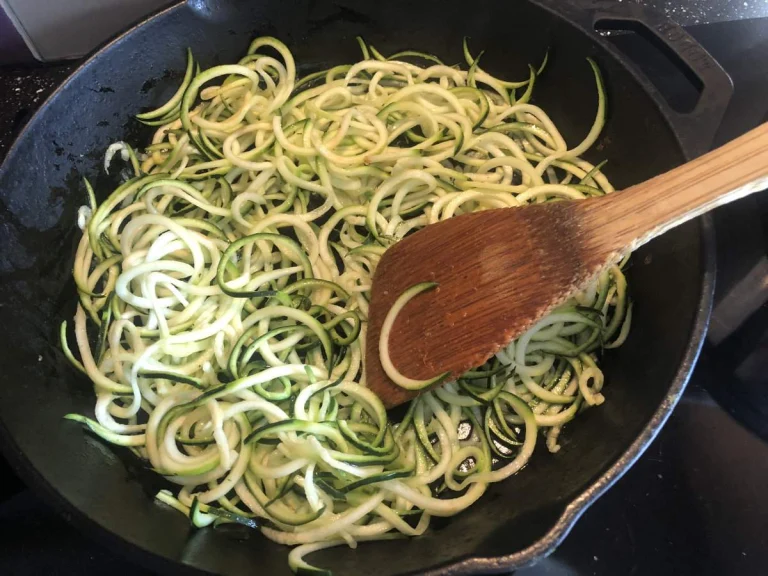
If you are not sure whether a cast iron skillet is best for you, it can help to compare it with other types of pans.
My main reason for choosing a skillet was that I was fed up with having to keep replacing my non-stick pan. The non-stick surface of ordinary frying pans doesn’t last long before it starts to flake off. I didn’t fancy having those flakes in my food either!
The great thing about cast iron is that it works on all types of heat sources including induction.
Before I delve into the comparison there is one very big practical difference between cast-iron and other types of cookware.
As long as your cast-iron skillet doesn’t have a wooden handle you can put it in the oven which you often can’t do with other pans. This opens up far more uses than an ordinary pan. Using it in an oven means you can use it for roasting, baking and grilling.
This was a big selling point for me. Cast irons skillets make delicious roast potatoes!
Here’s a chicken breast dish I regularly cook in the oven for my boys and they love it.
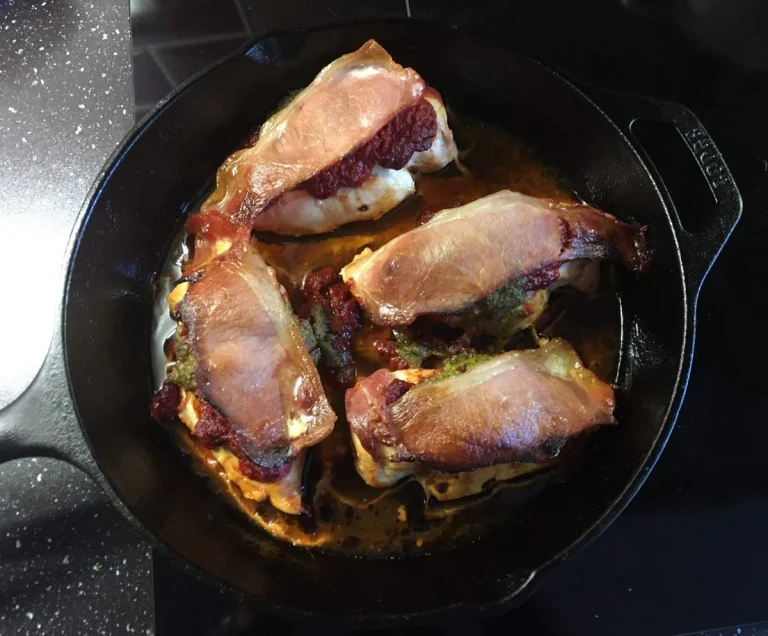
Cast-iron skillet vs non-stick Teflon
Ordinary metal pans can be made non-stick with a special coating such as Teflon. You need very little oil when you cook in non-stick frying pans.
Although cast-iron skillets can be made non-stick by seasoning them, they still need oil when cooking otherwise food will burn.
You shouldn’t use Teflon coated pans on high heat, the fumes can be harmful. This isn’t the case for cast iron.
You can use a cast-iron skillet safely on high heat as long as you are careful not to heat it too quickly.
For Teflon cookware to last more than a few months you must use plastic or wooden utensils and take care not to scrub it. If you aren’t careful the non-stick surface will flake off, reducing its effectiveness. The only option you have once this starts to happen is to replace it.
Conversely, you can use any type of cooking utensil with a cast-iron skillet. You can scrape it and scrub it as much as you like and it won’t be damaged.
Teflon cookware doesn’t generally rust like cast-iron can and it shouldn’t crack.
Cast-iron pans are an investment. They cost more money than an ordinary non-stick frying pan. If you take into account how long cast-iron skillets can last vs an ordinary non-stick frying pan, cast-iron works out far cheaper over time.
Cast-iron skillet vs stainless steel, copper or aluminium
I have some stainless steel cookware that is as old as my skillet. Stainless steel can last a very long time too if it is well made.
Stainless steel, copper and aluminium pans do not go rusty in the same way that cast-iron cookware can. You don’t have to pretreat the pans, and they generally don’t crack or become uneven.
Aluminium can become pitted over time, especially when you use it to cook acidic foods like tomato sauces and fruit. It can also become uneven.
Cast-iron can get pitted too if you cook acidic food in it. But, if you keep it well-seasoned that should not happen.
Generally, metal pans made of stainless steel, copper or aluminium don’t have thick bases as cast-iron skillets have. Food is less likely to burn in a cast iron pan.
Copper and aluminium bottomed pans do not work on an induction hob.
How to season a cast-iron skillet to make it last longer
When you have a new skillet you will need to season it so that it is protected from rust.
However, isn’t always necessary to season your new skillet. It may already be pre-treated.
The Lodge cast iron skillet I bought came pre-seasoned so there wasn’t anything to do at the start. All I do is wipe it over with oil after I clean it.

If your skillet didn’t come pre-seasoned here is a method to use to season it yourself.
- Preheat your oven to 435f or 225c.
- Coat your skillet inside and out with lard.
- Bake for a couple of hours.
Remember to keep using it. With use, your skillet will become more non-stick.
If your cast-iron skillet is very rusty it is a good idea to strip it first.
How to look after a cast-iron skillet to make it last longer
If you look after your cast iron skillet it will last a long time. Fortunately, it isn’t difficult to look after your skillet.
Here are some tips to follow:
- Unless your skillet came pre-seasoned, season your skillet before you use it for the first time.
- Use plenty of oil when you cook with it.
- Heat your skillet gently.
- Let it cool naturally. Don’t plunge your skillet into cold water. Your skillet does not like quick temperature changes.
- Dry it thoroughly after use.
- Apply a thin coat of oil to the surface before your store it.
- Use it regularly. The more you use it the more naturally non-stick it will become.
Frequently asked questions
Can a cast-iron skillet be repaired?
If your cast iron skillet is rusty, then it can certainly be restored. If it is cracked or uneven then you will need to replace it as it cannot be repaired.
Can a cast-iron skillet go bad?
Only if you don’t look after it! Make sure your cast-iron skillet is seasoned before you use it. Use plenty of cooking oil when you use it, and make sure it is properly dry and oiled before you store it.
Can a cast-iron skillet with a wooden handle go in the oven?
Cast iron skillets with a wooden handle are not oven safe.
Can I use a cast-iron skillet right away?
If you are wondering, do I need to do anything to my cast iron skillet before I use it, the answer is yes. If your skillet didn’t come seasoned then you will need to season it before you use it for the first time. If it came ready-seasoned you can safely use it right away. Don’t forget to add oil and heat it gently before you start to cook with it.
Can you roast in a cast-iron skillet?
Yes, you can roast in your cast iron skillet. I find food roasted in a skillet to be very delicious.
Can you use a cast-iron skillet for everything?
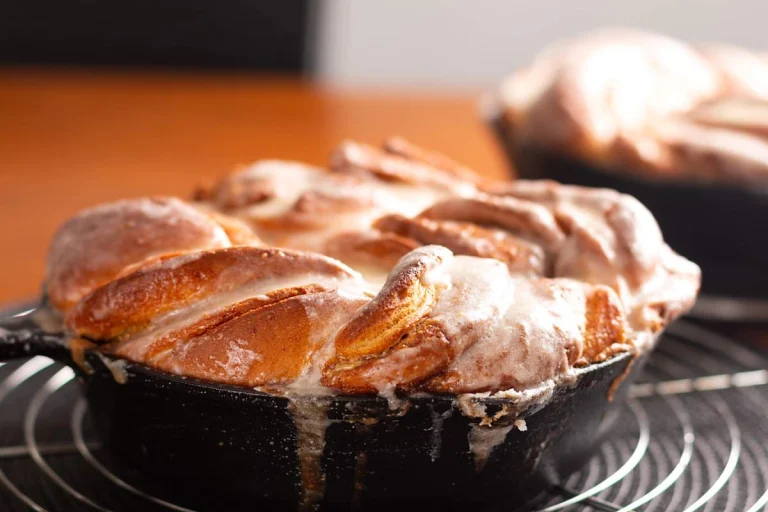
Cast iron skillets are very versatile. You can roast, fry, bake, and make casseroles. You can even bake bread and make cakes in them.
Do you have to season a cast-iron pan after every use?
You do not need to season a cast iron skillet after every use. However, you should wipe the surface with some oil after you use it to prevent rust.
How to know if a cast-iron skillet is seasoned
You can tell if your cast iron skillet is seasoned by the colour. A seasoned cast-iron skillet will be black with a slightly shiny surface. The surface of the iron turns black when you apply oil to the surface and then high heat. This is known as polymerisation and it makes the pan non-stick.
Does cast-iron take long to heat up?
Generally, a cast iron skillet will take longer to heat up than an ordinary pan. Always heat your cast iron skillet gently to prevent cracking.
I find that my cast-iron skillet starts to heat up within about 10 seconds of applying heat. For the whole pan to get up to temperature it takes about a minute.
I have an induction hob. It heats everything in contact with the surface of the hob, so it is very good at spreading the heat across the bottom of the pan evenly. Gas hobs tend to have heat that is more concentrated at the centre.
One of the great things about induction is that is so responsive. You can turn it down and you see the effect immediately.
I find that cast-iron responds just as well to the induction as do my stainless steel pans. If I see food burning I can turn down the heat and immediately the panic is over.
How long does a cast-iron skillet take to cool down?
Cast iron is very good at retaining heat. It will remain hot for at least ten minutes after you take it off the heat.
The handle gets very hot. Always be careful to use a panhandle to avoid burning.
Take care not to plunge a hot pan straight into cold water because that can cause the pan to crack.
How do you know if a cast-iron skillet is ruined?
If your cast iron skillet is merely rusty, it can be restored to working order. If your skillet is cracked or uneven, then unfortunately, it is not salvageable and will need to be replaced.
How long do you season a cast-iron skillet?
Seasoning a cast iron skillet takes a couple of hours. Coat your skillet lightly in oil and then and then bake it at 435f or 225c for two hours.

